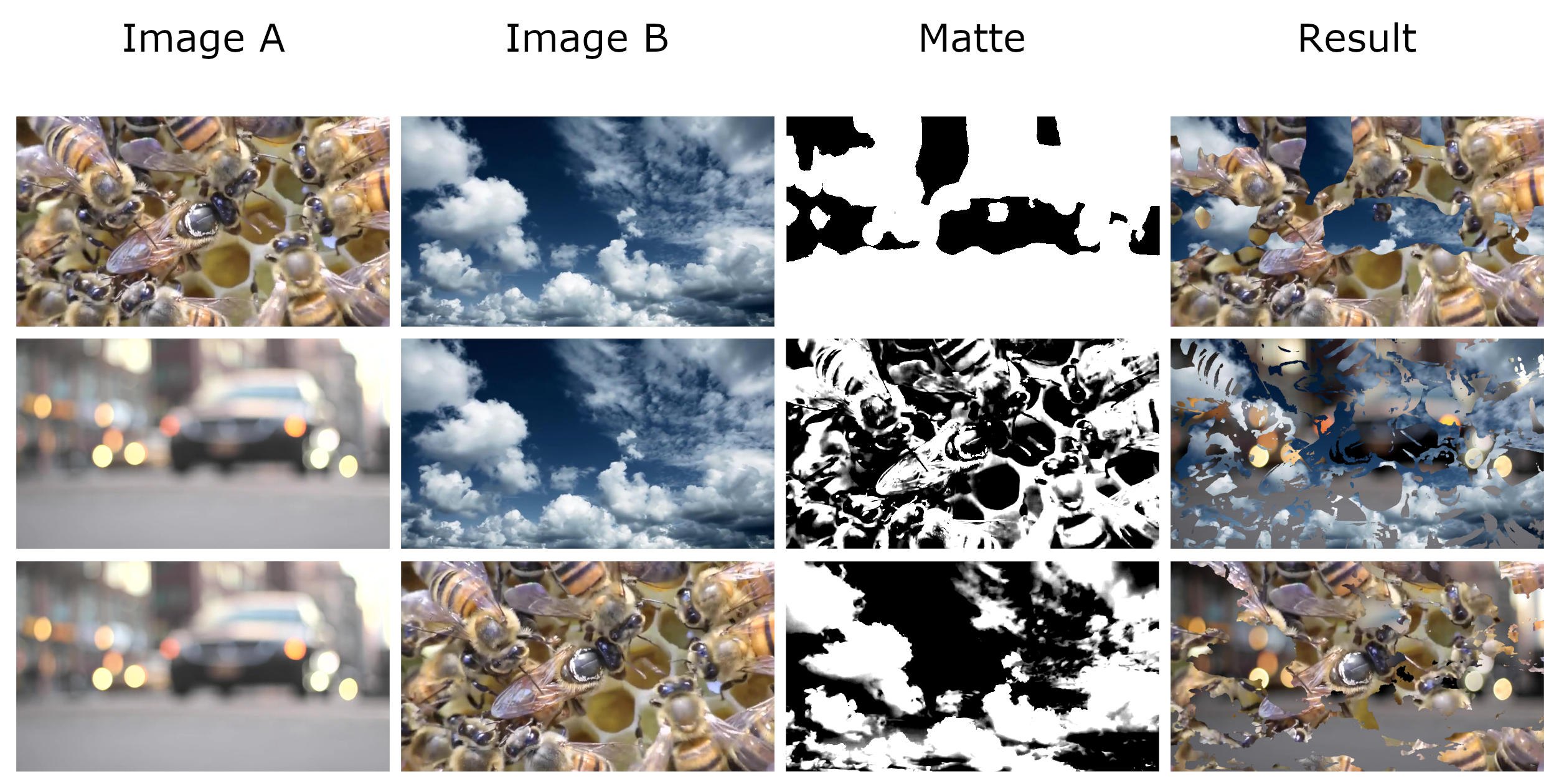|
|
||
|---|---|---|
| img | ||
| notes | ||
| scripts | ||
| .gitignore | ||
| README.md | ||
| bipack.sh | ||
README.md
bipack
Script for simulating traveling mattes with ffmpeg. Achieve the effect of bipacked film with high contrast masks with a simple bash script.
Read more about traveling mattes.
Requirements
Uses ffmpeg to generate matte layers, apply mattes as alpha masks and render the final video.
Installation instructions for ffmpeg here: https://github.com/adaptlearning/adapt_authoring/wiki/Installing-FFmpeg
Usage
sh bipack.sh A.mp4 B.mp4 matte.mp4 output.mov
This command will take video A.mp4 and B.mp4 as image sources while using matte.mp4 as a high contrast matte which seperates the two image sources.
Explaination
This script started as a multi-command experiment that finally got reduced to a single command that leans heavily on ffmpeg's maskmerge filter: Documentation
Uses 1280x720 resolution and Apple ProRes 422 HQ as the output format, right now but change that easily in the script. Check it out!
